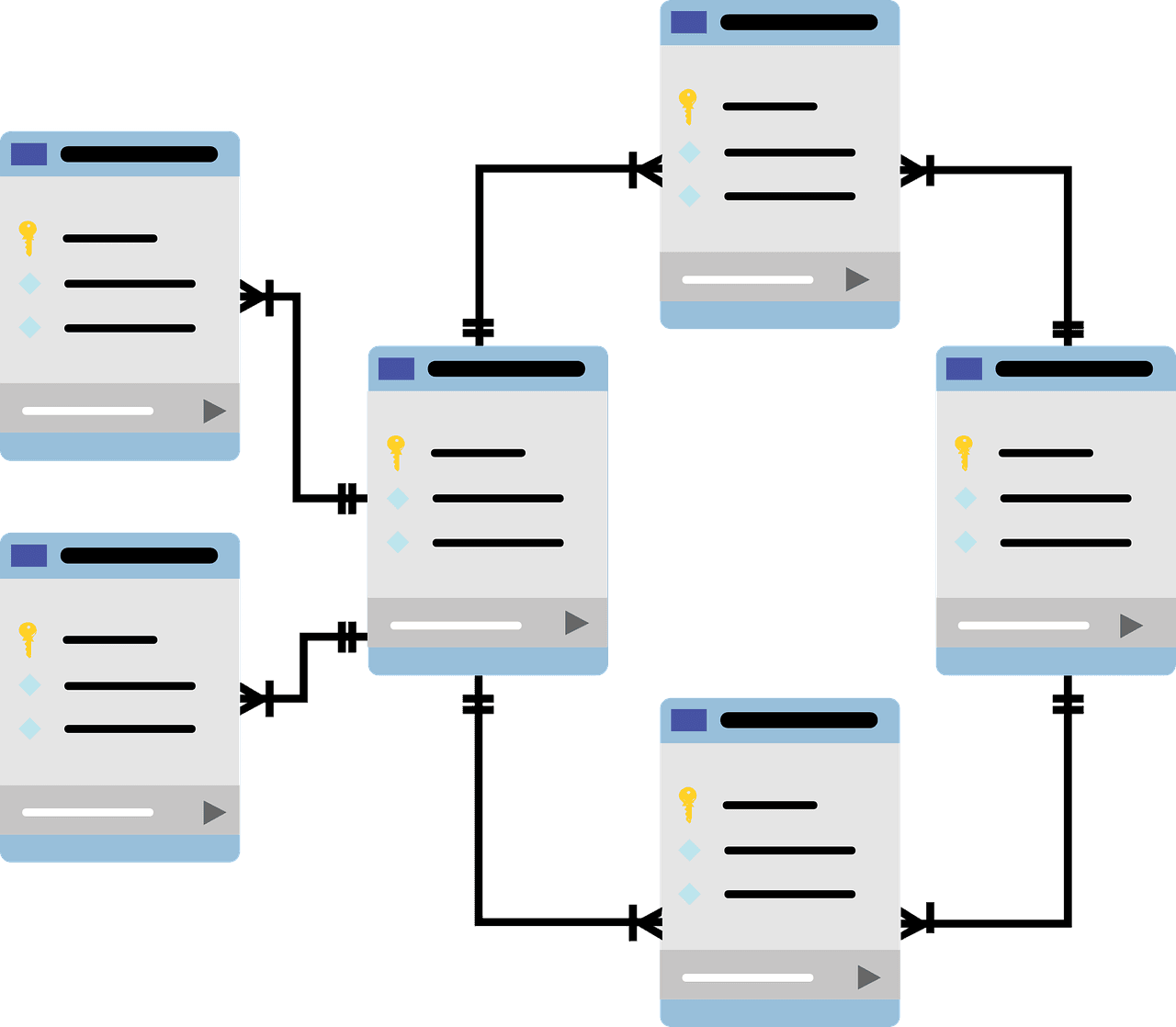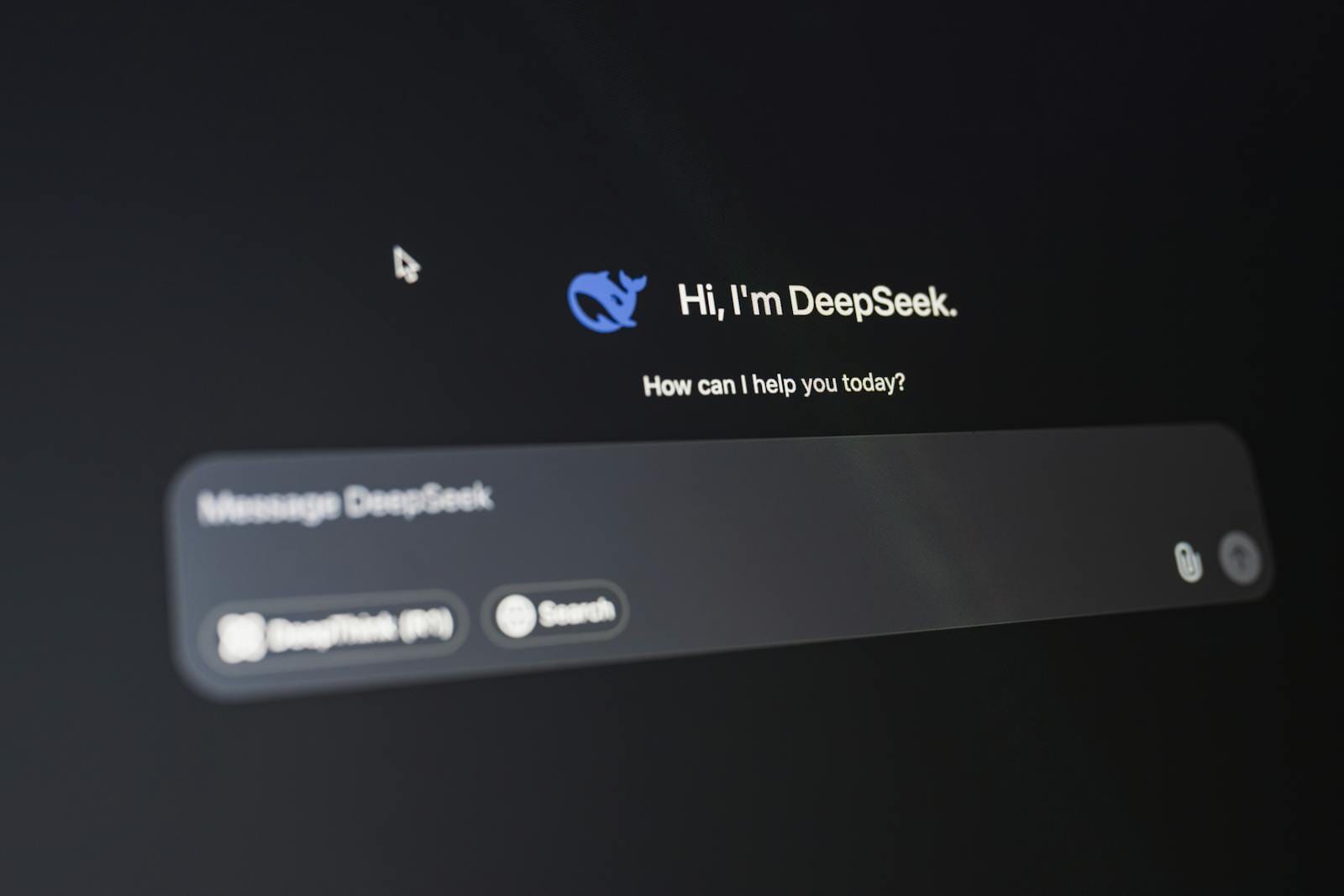
Table of Contents

The Year of AI Agents, and what Are they?
To understand AI agents, we must first examine the shifts in the field of generative AI. The first significant shift is the transition from monolithic models to compound AI systems.
From Monolithic Models to Compound AI Systems
Models, when used in isolation, are confined by the data they are trained on, limiting their knowledge of the world and the tasks they can solve. Additionally, adapting these models can require substantial investment in data and resources.
Illustrating the Limitations of Traditional Models
For example, if I want to plan a vacation and ask a model how many vacation days I have, the response is likely to be incorrect since the model has no personal data about me. While models can assist with tasks like summarizing documents and drafting emails, they truly shine when integrated into systems that leverage their capabilities.
Building a Compound AI System

Imagine a system designed to answer my vacation query. By allowing the model to access the database storing my vacation information, it can generate a search query to retrieve accurate details. This interaction between multiple components exemplifies a compound AI system that effectively addresses complex tasks through system design principles.
Modularity in Systems
Compound AI systems are inherently modular, allowing for the integration of different models and programmatic components. This modularity simplifies problem-solving compared to merely tuning a model, enhancing adaptability and efficiency.
Retrieval-Augmented Generation (RAG)
One common type of compound AI system is Retrieval-Augmented Generation (RAG). However, RAG systems can become ineffective if they are not designed with varying queries in mind. Control logic, which is defined by the human operator, dictates how queries are processed.
The Role of AI Agents
Where do AI agents fit into this landscape? An alternative way to control the logic of a compound AI system is by placing a large language model (LLM) at the helm. Improvements in the reasoning capabilities of LLMs make this approach viable.

Characteristics of LLM Agents
LLM agents possess several key capabilities:
- Reasoning: The model can devise a plan and evaluate each step throughout the problem-solving process.
- Acting: Agents can utilize external tools—like web searches and calculators—to implement their solutions.
- Memory Access: Agents can store and retrieve internal logs or conversation histories to enhance personalization.
Configuring Agents: The ReACT Framework
One popular method for configuring agents is through the ReACT framework, which integrates the reasoning and acting components of LLM agents.
Applying the ReACT Framework: A Vacation Example
Consider my query about the number of sunscreen bottles needed for my upcoming vacation in Florida. This complex problem requires multiple steps:
- Retrieving how many vacation days I have.
- Estimating sun exposure hours.
- Determining recommended sunscreen dosage.
- Calculating how much sunscreen fits into two-ounce bottles.
This scenario underscores the modularity and capability of a compound AI system designed to tackle complicated tasks.
The Future of Compound AI Systems
In 2024, we will see the continued evolution of compound AI systems toward more agent-centric designs. There is a sliding scale of AI autonomy, and the system’s designer must weigh the trade-offs associated with various degrees of autonomy.
Narrow vs. Complex Problems
For narrow, well-defined problems, a programmatic approach may prove more efficient, as one can tailor responses to specific queries. However, for complex tasks, an agentic approach allows for greater flexibility and adaptability.
Conclusion
We are in the early days of agent systems, with rapid advancements expected. Combining system design principles with generative capabilities will lead to improved accuracy and functionality. As these developments unfold, a human will often remain in the loop to ensure reliability. Thank you for exploring the future of AI agents with us, and please subscribe for more insights!







Is she left-handed?????
Is she writing on reflection?
That was explained so well thanks for sharing this !!!
Artificial Intelligence (AI) has witnessed remarkable advancements in recent years, transitioning from static, monolithic models to dynamic and interactive AI agents. This evolution reflects a shift towards systems that are more adaptable, modular, and capable of autonomous reasoning. Let’s explore the journey and implications of this transformative shift.
Great explanation – thanks.
coumpound sys ? spell check ? Its compound sys ?
superb! most clear explanation about agent ai.
Very clear speaking
Cline is definitively agentic
What an amazing video
Why am I watching this I already know this and more 🤣🤣.
Simple AI = rules-based, reactive, static
AI agents = autonomous, goal-driven, learning systems, it also uses API tools and other tools that integrate with the model.
AI systems = the highest form of AI, which can contain a combination of multiple AI agents and an ecosystem of integrated API's and tools.
An example of an AI system is Alexa, Amazon's AI.
IBM desperately trying to remain relevant.
to be honest this has not much new info – but actually putting it all together in one video has the silver lining much more clear
The video is mirrored 😉
How many of you have rewinded multiple times because you're distracted by the notes she is making. Very impressive technology. I kept saying to myself – "Ask her what technology she is using for writing."
I feel like a dog watching "How to train your dog" on You-Tube.
What the heck is she talking about 😂
Hand writing is stealing few seconds
AFIK… She’s from Middle East and she is left handed and arabic is written from right to left and that’s why she can easily write from right to left
You lost me as soon as you spelt "compound"wrong at 0:24. i know it is not fashionable nowadays but the ability to spell is pretty important.
Thanks for this amazing video.
Very well explained in a simple way !
Great explanation- – for a tech illiterate like me she really broke it down to simplistic examples
This is very good explanation of AI agents and their use cases. Thank you.
Very Well Explained thank you for the amazing video
8:24
I’m sorry, but customers don’t want to speak to an AI agent
Now this is THE explanation I was looking for. Well done!
She is writing on big transparent computerized screen ,which has been mirrored
I have been building LLM agents since a year — for me its more 'function calling than agents'
First we create AI to complement humans…..now we need humans to complement AI to complement humans and call them agents.
Agents are nothing but human-written if-else conditions to steer the model in filling the missing gaps in a query.
And its a whole ton of if elses on top of multiple monolithic models.
Yes! The science part have stagnated and now its time to do engineering by creating massive spaghetti systems for the next decade or so just to cover up how stupid this entire idea is compared to the biological miracle which is your brain.
The truth is, we still don't understand how we understand. And until we do stfu and keep coding.
Sorry, was hoping for an answer to the title.
This technology has been given a name synonymous with Agent Smith in The Matrix!
Can you start using something more positive such as Virtual Assistant?
The video explains the shift from *monolithic models to compound AI systems**, highlighting how AI agents use **LLMs* to control logic and have reasoning, acting, and memory capabilities. *ReACT* is a method that combines reasoning and action. The video emphasizes a sliding scale of autonomy, suggesting that a programmatic approach may be better for narrow problems, while an agent approach may be more appropriate for complex ones.
Dear IBM, please do not write on air 🙏🏼🙏🏼🙏🏼
IBM videos are the best!
2024 is over
Will there be agents with OCD, tics or ADHD?
2024 just passed and you lied. 😂😂
The presentation is great, but I'm fascinated that you can write backwards. Unbelievable. Ha.
AI agents can also
– read our emails and other messages (if we enable them),
– analyze our documents, spreadsheets, presentations, sound or video files,
and based on our instructions
they can not only
– write emails, messages, posts, articles,
but they can also
– send them to different recipients,
– upload to websites or databases,
– reserve appointments, travel, hotels,
– buy cinema tickets,
– rent/buy equipment,
– order food
and so on.
That is what ACTING mean,
they can do these actions if we enable them to access the different APPLICATIONS (Word, Excel, PowerPoint, Outlook, Facebook, WhatsApp,
Cinema / Travel / Hotel / Food ordering website etc.),
or we enable them to access their backend DATABASES directly, where they can
READ, UPDATE, DELETE, INSERT data,
and then ….
we will not need any "applications" any more,
we only need to PROMPT the AI agent with natural speech.
Watch the fantastic movie "Her" from 2013 with Joaquin Phoenix, it shows these AI actions perfectly.
Blah blah blah…where is the code…this is a cacophonous non implementation based description. What is disappointing is to start with this rubbish as the first introduction to an "agent".
Thank you! you video is super clear Maya!
I like how they jump on the next big thing lol. Recently it was big data and now they have moved on from it like it’s O/S 2 or something
How unexciting. Teach us French instead…